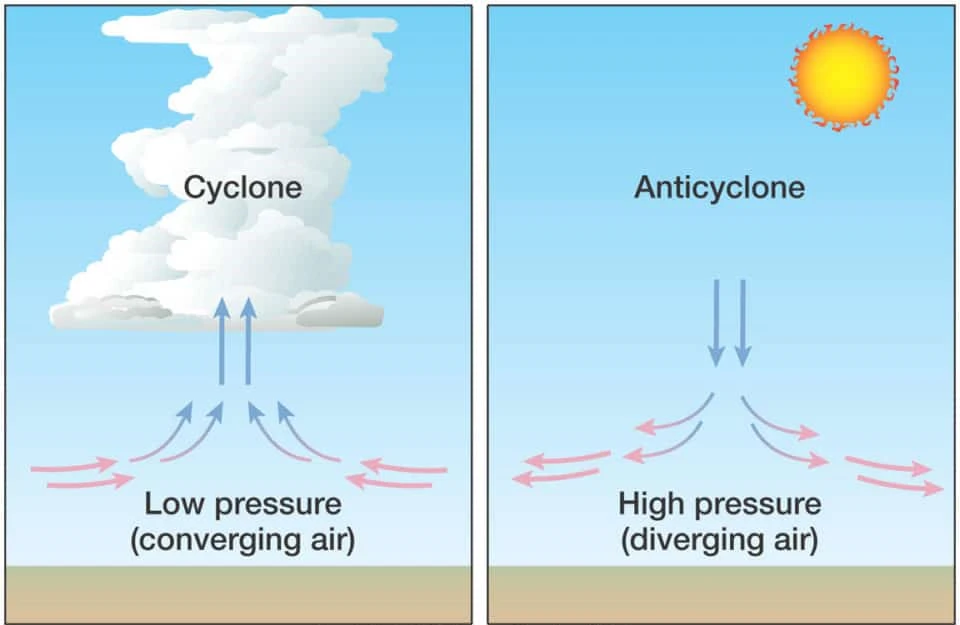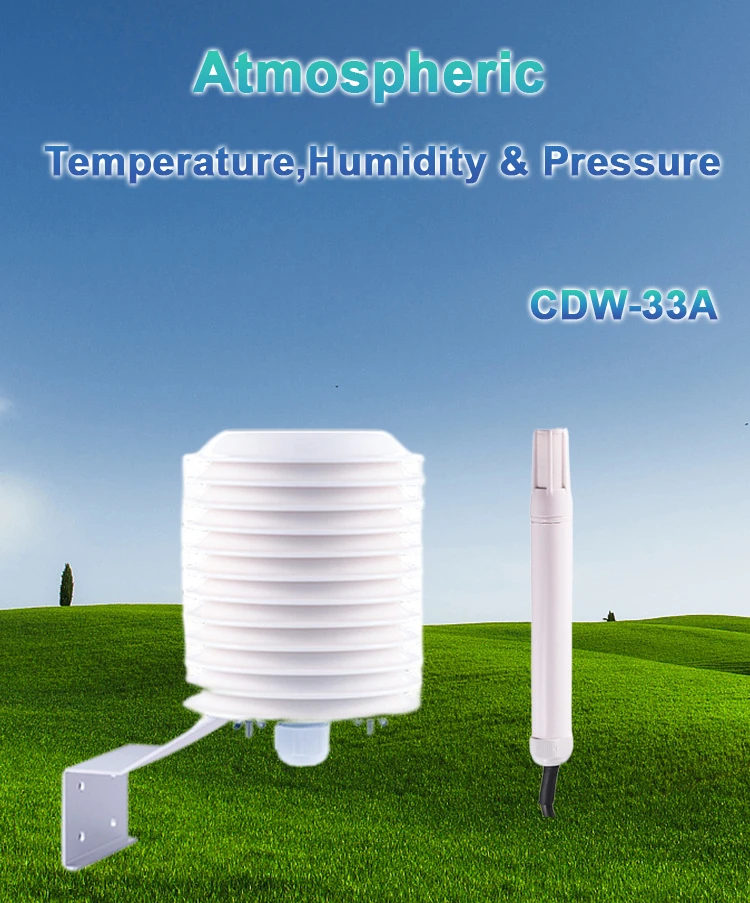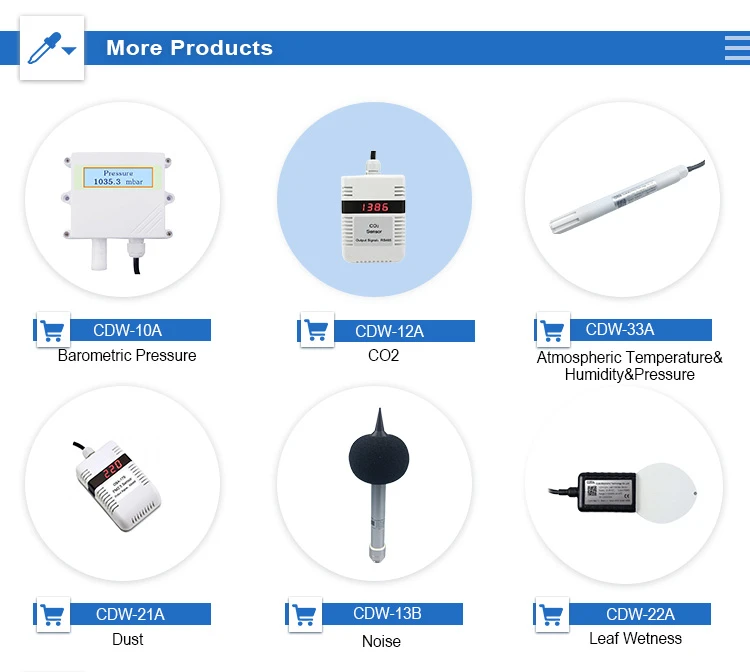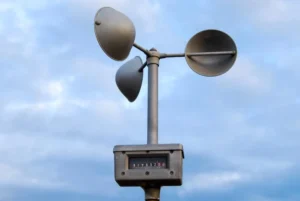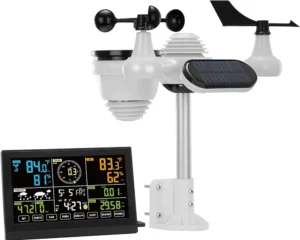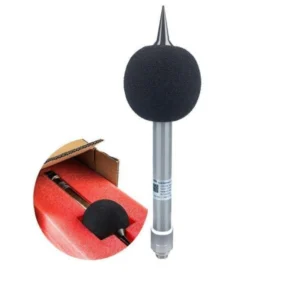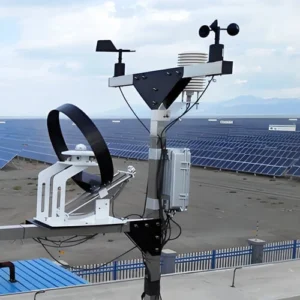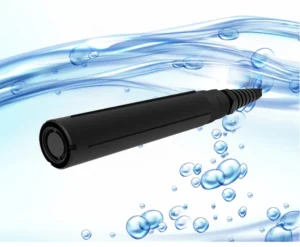Understanding and Measuring Atmospheric Pressure
Weather affects our daily lives in many ways. It affects the clothes we wear and guides our outdoor plans. A key factor in these changes is atmospheric pressure. This is the force of air pressing down on Earth’s surface.Measuring atmospheric pressure correctly is important for predicting the weather. Weather station barometers are key tools in this process. Below, we will look at the history, types, and best ways to use these amazing tools.
The Role of Atmospheric Pressure
Atmospheric pressure is the force on a surface caused by the weight of air above it. This pressure gets lower as you go higher. Higher places have lower air pressure.
This change affects the weather. Atmospheric pressure also impacts things like wind patterns, cloud formation, and human health.
Meteorologists use data on air pressure to understand weather systems and make forecasts. Rising pressure often leads to clear and dry weather. Falling pressure suggests storms or bad weather may come.
Knowing this information is important. It helps us predict weather events and prepare for them.
A Historical Perspective: The Evolution of Barometers
People have tried to measure air pressure for many years. The first working barometer was created in 1643 by Evangelista Torricelli.
It used mercury and had a glass tube. The tube was turned upside down in a dish of the same liquid. Changes in air pressure caused the mercury to rise and fall. This helped people see changes in the weather.
Later inventions made smaller options, like aneroid barometers. These used a sealed metal chamber and a spring to measure changes in pressure. This design is more portable than mercury models.
Modern changes have made traditional designs better. Now, we have modern weather station barometers. They can record and analyze data on their own. Today’s instruments have features for everyone, from casual weather fans to expert meteorologists.
Types of Weather Station Barometers
1. **Mercury Barometers**
Mercury barometers are not as common now because of safety concerns. However, they are still the most accurate. These devices work on the idea that air pressure changes the height of mercury in a sealed tube. They measure this in millimeters or inches.
2. **Aneroid Barometers**
Aneroid barometers are popular because they are helpful and last a long time. They use a small metal chamber that changes size when pressure is applied. This movement is turned into readings shown on a dial. Their reliability and low cost make them common in portable setups.
3. **Digital Barometers**
Digital barometers use sensors to find changes in air pressure. They show accurate data on a clear digital screen. Many models have extra features.
They can track temperature and humidity. This makes them appealing to both hobbyists and experts.
4. **Smart Barometers**
Smart barometers have wireless features. They connect to smartphones and other devices easily. Users can get updates in real-time, receive weather alerts, and check past data using special apps. These apps are great for anyone who wants to see detailed insights over time.
5. **Wall Barometers**
Wall-mounted barometers blend function with style. They often use old methods like mercury or aneroid systems. These barometers focus more on looks than on technical accuracy. They might not be good for science, but they look nice in homes and offices.
Setting up a weather station barometer needs careful planning. This will help make sure it works well and gives correct readings. Here is an easy step-by-step guide to help you get started:
1. **Choose the Right Location**:
Put your barometer in a spot away from heat sources, direct sunlight, and drafts. These can change the pressure readings. Make sure it is mounted straight up at a height that is easy to see.
2. **Calibrate Before Use**:
Calibration is an important step. It helps match your barometer to the actual air pressure in your area. Check local weather reports or online tools to find the current pressure. Next, change the barometer’s zero-point or reference setting to get accurate measurements.
3. **Secure and Level Installation**:
Check the manufacturer’s instructions to correctly mount and place your barometer. Check with a spirit level to make sure it is straight. Accurate positioning is essential for reliable data collection.
4. **Understand Barometric Data**:
Use a chart that shows how barometric pressure relates to different weather conditions. By watching changes in pressure, you can better predict the weather.
5. **Routine Maintenance**:
Look for dust, dirt, or moisture that might impact how the barometer works. Clean it carefully and look at its sensitive parts to avoid blockages or damage.
Why Invest in Weather Station Barometers?
Weather station barometers are useful tools for predicting weather. They analyze pressure changes to give insights into possible weather shifts.
Modern designs are more accurate and easy to use. They also have features that link to other devices. This makes them great for hobbyists and professionals.
If you love weather or want to plan outdoor activities, a weather station barometer can help you. It lets you track pressure changes accurately. You can understand the data better and be ready for what comes next.
A Look at Sensor Solutions and Environmental Monitoring Systems
Hunan Coda Electronic Tech Co., Ltd is known for making advanced products in sensor solutions and environmental monitoring. With strong research and smart marketing, the company has become a leader in this field. They offer good solutions for many different needs.
If you want to learn about advanced sensors, go to Coda Sensors for expert reviews and tips. Hunan Coda offers trusted solutions for different industries. They help customers make smart and cost-effective choices.
Sensor Technology: Blending Automation and Expertise
Automation improves productivity in making sensor solutions. Skilled professionals are still very important for using and improving these technologies. When we combine human skills with automated systems, we make real progress and become more reliable.
There are many ideas for solving problems with OEM sensors. It is important to find the right solution at a good price. Sensor technology has changed the way we do social marketing. It has made it easier for customers to connect and helped monitor the environment.
– Welcome new ideas.
– Pick high-quality options.
– Make wise choices.
– This will help you keep up in the changing world of sensors and monitoring systems.
